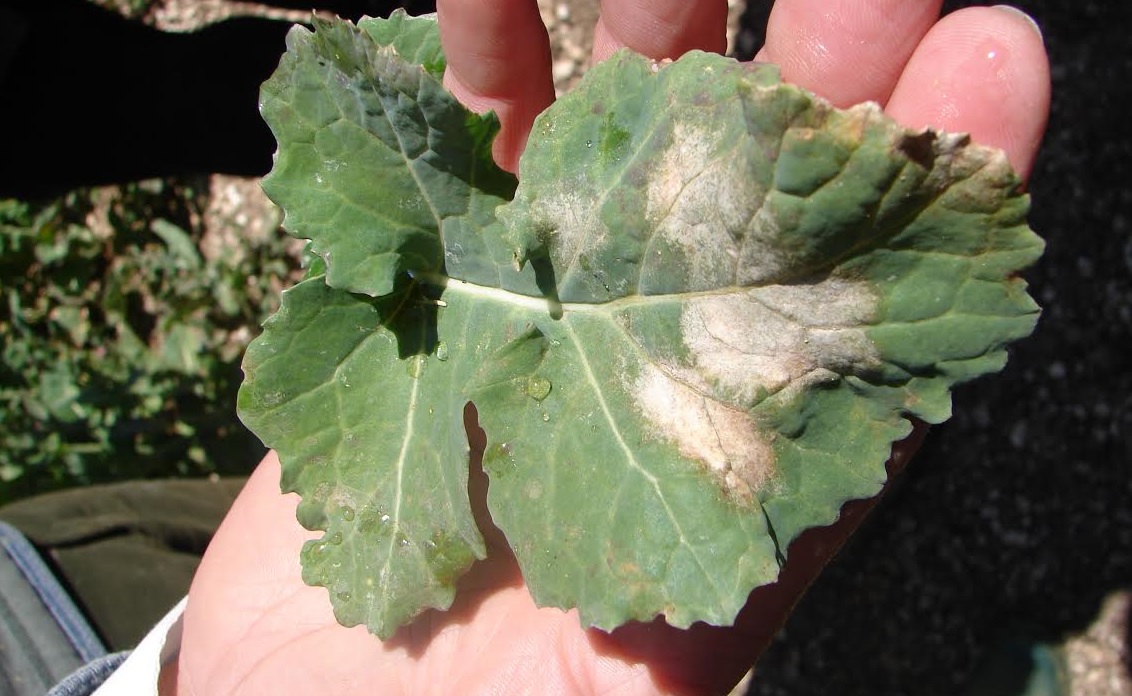
With Light Leaf Spot infections able to significantly detract from oilseed rape yield potential, UK growers must be ready to act at the first sign of the disease this autumn.
More than 20% of winter oilseed rape crops are likely to be affected by Light Leaf Spot, with infected crops susceptible to yield losses of up to 50%.
That is the warning from Adama Agricultural Solutions which advises growers to be prepared to treat affected crops at the very first sign of infection.
“Light Leaf Spot is especially prevalent during the wet winter months when spores of the Pyrenopeziza brassicae fungus amass on the upper and lower surfaces of leaves of winter sown oilseed rape,” explains Kully Mudhar, Adama’s oilseed rape technical specialist.
“The spores take on a salt grain or talcum powder appearance, with infected plants more susceptible to frost damage.”
Severe infections can cause extensive plant loss, especially in hard winters, and because the disease has a poly-cyclical lifecycle, it continues to infect the developing crop, with leaves, stems and seed pods all targeted by the disease’s damaging lesions.
“As soon as the first tell-tale talcum powder spots become visible, growers must act in order to prevent extensive damage from occurring,” Kully advises.
'Increasing resistance'
However, increasing resistance to azole chemistries means that growers need to use a number of methods to tackle the disease.
“Relying on a single family of azoles could potentially accelerate the reduction of the disease’s sensitivity to that specific chemistry, and could ultimately reduce the efficacy of the active ingredients.
Adopting an integrated management approach, utilising cultural control measures, host resistance and the timely application of new and existing modes of action, is therefore a more sustainable option.
“Tebuconazole based products, such as Orius (200g/l tebuconazole) and Orius P (133 g/l tebuconazole and 267 g/l prochloraz) have demonstrated good control of Light Leaf Spot as well as being effective against phoma lesions, and, therefore offer proven solutions as part of an integrated control strategy.”
Kully advises growers to maintain an element of flexibility in their winter spray programme and to apply Orius P at the first signs of infection.
“This will typically be towards the end of October or early November, but exact timings will be dictated by the season’s prevailing weather conditions.
“After an initial protective treatment at the start of the winter, Orius P can also be used in the early spring when the ground is fit enough to travel, thereby providing an additional layer of control against subsequent disease cycles.”
